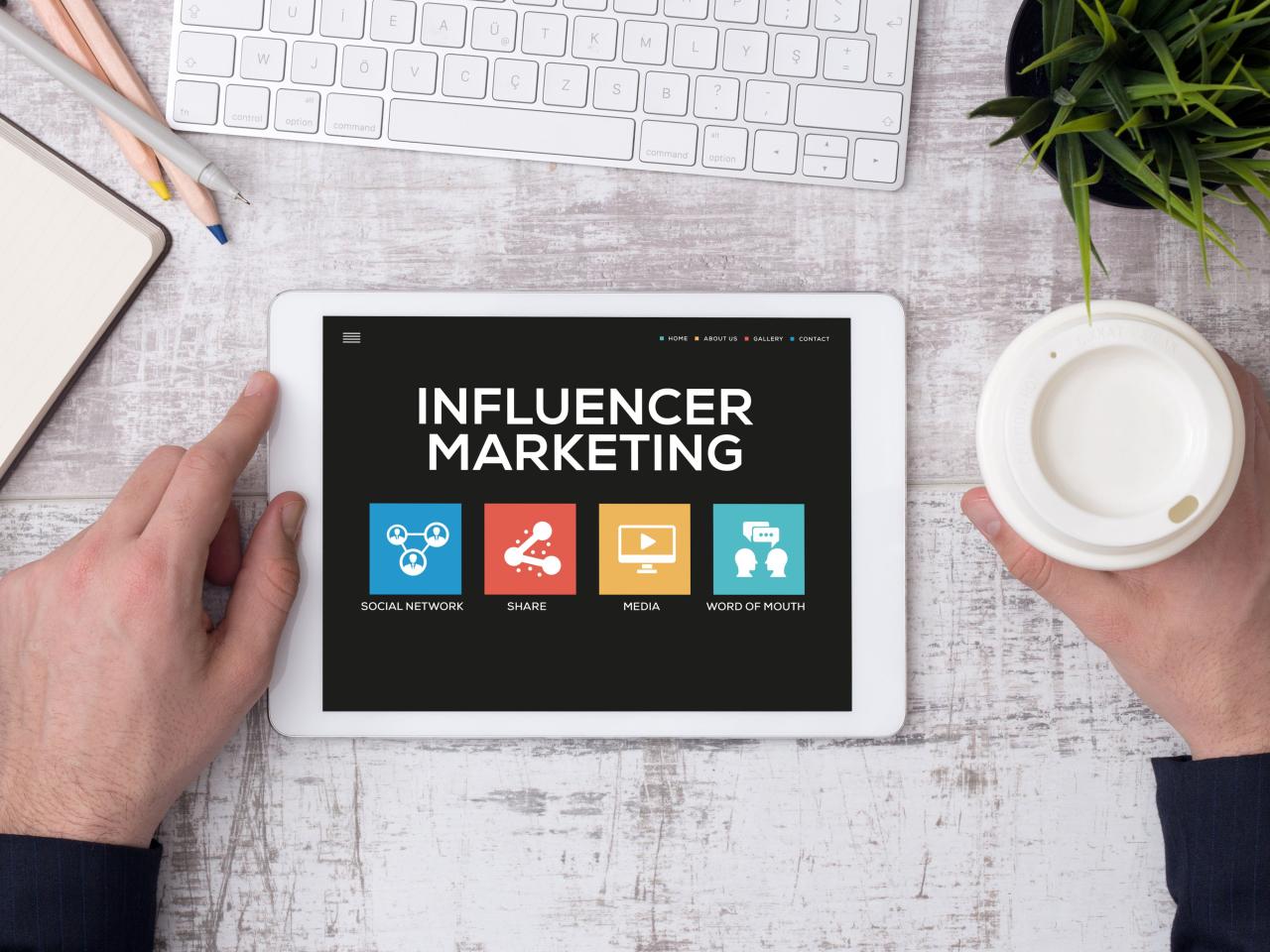The digital landscape is currently experiencing a profound and transformative shift, driven by a new breed of entrepreneurs: content creators. What began as a niche pursuit for hobbyists has rapidly evolved into a multi-billion dollar industry known as the Creator Economy. This powerful phenomenon enables individuals to monetize their passions, skills, and unique perspectives directly with their audience, bypassing traditional gatekeepers and established media institutions. This comprehensive article delves into the intricate dynamics of the Creator Economy, exploring the key factors propelling its explosive growth, the diverse avenues through which creators generate income, the inherent challenges they navigate, and the profound implications this revolution holds for the future of work, media, and commerce globally. Understanding this evolving ecosystem is crucial for anyone looking to engage with, participate in, or invest in the digital future.
The Genesis of a Digital Renaissance

The Creator Economy’s rapid ascent is not an accidental surge; it’s a culmination of technological advancements, shifting consumer behaviors, and evolving societal perceptions of work.
A. Democratization of Content Creation Tools: The proliferation of affordable smartphones, intuitive editing software (often free or low-cost), and accessible publishing platforms has put the power of content creation into virtually anyone’s hands. No longer do you need expensive studios or complex equipment to produce high-quality videos, podcasts, or written works.
B. Global Reach of Digital Platforms: Social media giants like YouTube, TikTok, Instagram, and Twitch, along with podcasting platforms and blogging sites, provide creators with an unprecedented global audience. A single individual can now reach millions, building communities that transcend geographical boundaries.
C. Shifting Consumer Behavior: Audiences are increasingly gravitating away from traditional, broadcast media towards authentic, personalized, and niche content. They seek creators they can connect with on a deeper level, valuing relatability and expertise over mass-produced entertainment. This craving for genuine connection fuels the demand for creator content.
D. Direct Audience Connection and Trust: Creators foster a direct, often intimate, relationship with their audience, building a level of trust and loyalty that traditional advertising struggles to achieve. This direct line of communication allows for genuine feedback, community building, and highly effective monetization strategies.
E. Search for Autonomy and Flexibility: Many individuals are gravitating towards the Creator Economy to escape the rigid structures of traditional employment. It offers unparalleled autonomy over one’s work, schedule, and creative direction, appealing to those who value independence and a purpose-driven career.
F. Disillusionment with Traditional Gatekeepers: For decades, industries like media, music, and publishing were controlled by powerful gatekeepers. The Creator Economy allows artists, writers, musicians, and educators to bypass these traditional intermediaries, directly connecting with their fans and controlling their own narratives and revenue streams.
Diverse Income Streams for Creators
The beauty of the Creator Economy lies in its multifaceted monetization models. Successful creators often employ a combination of these strategies to build sustainable and diversified income streams.
A. Advertising Revenue:
1. Platform Ad Shares: Platforms like YouTube (AdSense) and Twitch (Ad-revenue from subscriptions/bits) share a portion of ad revenue with creators based on viewership and engagement.
2. Podcast Advertisements: Integrated audio ads within podcast episodes, often directly negotiated with brands.
3. Blog/Website Display Ads: Monetizing website traffic through display advertising networks like Google AdSense or Mediavine.
B. Direct Audience Support:
1. Subscriptions: Platforms like Patreon, YouTube Memberships, and Twitch Subscriptions allow fans to pay a recurring fee for exclusive content, early access, or special perks.
2. Tips/Donations: Viewers can send one-time or recurring tips during live streams or through platforms like Ko-fi.
3. Crowdfunding: Leveraging platforms like Kickstarter or Indiegogo for specific projects, products, or creative endeavors.
C. Brand Partnerships and Sponsorships:
1. Sponsored Content: Collaborating with brands to create integrated advertisements within videos, social media posts, or articles that authentically promote a product or service. This is a significant revenue driver for many creators.
2. Affiliate Marketing: Promoting products or services through unique referral links and earning a commission on sales generated through those links. This works particularly well for product reviews and recommendations.
3. Brand Ambassadorships: Longer-term partnerships where creators consistently promote a brand or its products over an extended period.
D. Selling Digital Products and Services:
1. Online Courses and Workshops: Creators leverage their expertise to teach skills, share knowledge, or offer deep dives into their niche through structured digital courses.
2. E-books and Guides: Selling downloadable content like guides, templates, presets, or educational materials.
3. Premium Content: Offering exclusive access to higher-quality videos, research, or curated content for a fee.
4. Coaching and Consulting: Providing personalized one-on-one or group coaching sessions in their area of expertise.
E. Merchandise and Physical Products:
1. Branded Merchandise: Selling apparel, accessories, or other items featuring their personal brand, logo, or catchphrases.
2. Direct-to-Consumer (DTC) Products: Launching their own product lines (e.g., beauty products, home goods, art prints) leveraging their audience for immediate sales and feedback. This is often done through e-commerce platforms like Shopify.
3. Print-on-Demand: Using services that print and ship products only when an order is placed, minimizing inventory risk.
F. Licensing and Royalties:
1. Content Licensing: Licensing their videos, music, or other content to media companies, advertisers, or other businesses.
2. Music Royalties: For musicians, earning royalties from streaming services, public performances, and synchronization licenses.
Challenges for Creators

While the Creator Economy offers immense promise, it’s not without its significant hurdles. Creators must develop resilience, business acumen, and a thick skin to thrive in this competitive landscape.
A. Income Volatility and Instability: Unlike traditional employment with a fixed salary, creator income can fluctuate dramatically based on algorithm changes, ad rates, brand deals, and audience engagement. This unpredictability makes financial planning challenging.
- Strategies for Financial Stability:
- Diversify Income Streams: Rely on multiple monetization methods (ads, sponsorships, subscriptions, products) to mitigate risk.
- Build an Email List: Direct communication with your audience provides a stable channel independent of platform algorithms.
- Save and Budget Wisely: Create an emergency fund and manage finances meticulously to weather lean periods.
- Negotiate Fair Contracts: Ensure brand deals include clear payment terms and protection for intellectual property.
B. Platform Dependence and Algorithm Changes: Creators are heavily reliant on the algorithms and policies of major platforms. A sudden change in algorithms can drastically impact reach, engagement, and ultimately, income.
- Mitigating Platform Risk:
- Multi-Platform Presence: Don’t put all your eggs in one basket; build an audience across several platforms.
- Own Your Audience: Direct traffic to your own website or email list, where you control the relationship.
- Stay Updated: Continuously monitor platform updates and adapt your content strategy accordingly.
C. Burnout and Mental Health: The constant pressure to produce engaging content, maintain an online persona, manage a business, and deal with public scrutiny (including negative comments) can lead to severe burnout, anxiety, and mental health issues.
- Prioritizing Well-being:
- Set Boundaries: Establish clear work hours, take regular breaks, and dedicate time to personal life.
- Delegate and Outsource: Hire virtual assistants, editors, or managers for tasks that can be offloaded.
- Build a Support Network: Connect with other creators to share experiences and provide mutual support.
- Practice Self-Care: Engage in hobbies, exercise, and mindfulness to manage stress.
- Seek Professional Help: Don’t hesitate to consult therapists or counselors if mental health challenges arise.
D. Intense Competition and Discoverability: The low barrier to entry means the market is saturated with creators, making it incredibly difficult to stand out, attract new audiences, and gain visibility.
- Strategies for Discoverability:
- Niche Down: Focus on a specific niche or unique perspective to differentiate yourself.
- Consistent High-Quality Content: Deliver value regularly to keep your audience engaged and attract new viewers.
- SEO and Keywords: Optimize your content for search engines (YouTube, Google) to improve organic discoverability.
- Collaborate with Other Creators: Cross-promote with creators in complementary niches to tap into new audiences.
- Engage with Your Community: Respond to comments, run polls, and foster a loyal community around your content.
E. Legal and Tax Complexities: Many creators, especially those new to entrepreneurship, struggle with understanding business registration, intellectual property rights, contracts, and navigating diverse tax obligations (e.g., self-employment taxes, international taxes for global income).
- Ensuring Compliance:
- Consult Professionals: Seek advice from accountants specializing in self-employment and lawyers for contract reviews and IP protection.
- Track Income and Expenses Meticulously: Maintain detailed financial records for tax purposes.
- Understand Copyright and Fair Use: Be aware of intellectual property laws when using third-party content.
- Form a Legal Entity: Consider registering as an LLC or other business structure for liability protection and tax benefits.
F. Monetization vs. Authenticity Dilemma: Creators often face a delicate balance between generating income through brand deals and maintaining authenticity and trust with their audience. Over-monetization or inauthentic endorsements can alienate viewers.
- Maintaining Authenticity:
- Only Promote Products You Genuinely Believe In: Authenticity is your most valuable asset.
- Be Transparent: Clearly disclose sponsored content or affiliate links.
- Prioritize Value: Ensure that even sponsored content provides value or entertainment to your audience.
- Say No to Misaligned Brands: Decline partnerships that don’t fit your brand or audience values.
The Profound Impact for Industries and Society
The Creator Economy’s explosive growth is not just affecting individual livelihoods; it’s profoundly reshaping multiple industries and societal structures.
A. Media and Entertainment:
1. Decentralization of Media: Traditional media companies are losing their monopoly on content production and distribution as creators build independent media empires.
2. Rise of Niche Content: The Creator Economy caters to highly specific interests, leading to a proliferation of specialized content that traditional media often can’t provide profitably.
3. New Talent Pipelines: Creators are becoming the new celebrities, actors, journalists, and educators, bypassing traditional talent scouts and media conglomerates.
B. Advertising and Marketing:
1. Shift to Influencer Marketing: Brands are reallocating significant advertising budgets from traditional channels to direct partnerships with creators, recognizing the higher engagement and trust.
2. Authenticity as Key Metric: The demand for authentic, relatable content is pushing marketing strategies away from glossy, impersonal ads towards genuine storytelling.
3. Performance-Based Models: The ability to track creator-driven sales is leading to more performance-based marketing models (e.g., affiliate commissions).
C. Education and Skill Development:
1. Democratization of Learning: Creators are making specialized knowledge and practical skills accessible to millions through online courses, tutorials, and informational content, often more engagingly than traditional education.
2. New Career Paths: The Creator Economy itself is a new career path, inspiring younger generations to pursue digital entrepreneurship.
3. Continuous Learning: Creators often act as informal educators, continuously sharing new information and skills with their audience, fostering a culture of lifelong learning.
D. Future of Work and Entrepreneurship:
1. Gig Economy Expansion: The Creator Economy is a significant subset of the broader gig economy, highlighting the shift towards flexible, project-based work.
2. Individual Empowerment: It empowers individuals to be their own boss, build their personal brand, and control their economic destiny.
3. Entrepreneurship Made Accessible: It provides a low-barrier entry point into entrepreneurship, allowing individuals to test business ideas and build ventures with relatively low upfront risk.
E. Commerce and E-commerce:
1. Social Commerce Dominance: Platforms like TikTok Shop and Instagram Shopping integrate buying directly into social feeds, making shopping a seamless, entertaining experience.
2. Creator-Led Product Development: Creators are increasingly launching their own product lines, leveraging their audience for immediate distribution and brand loyalty.
3. Micro-Brand Revolution: The ability for individual creators to build and sell products fosters a boom in niche, micro-brands that can compete with larger corporations.
Fostering a Sustainable Creator Ecosystem
To ensure the continued growth and positive impact of the Creator Economy, various stakeholders must play a supportive role.
A. Platforms (e.g., YouTube, TikTok, Instagram):
1. Fairer Monetization Models: Continue to refine revenue sharing models to ensure creators are adequately compensated.
2. Improved Creator Tools: Develop better analytics, management tools, and support resources for creators.
3. Mental Health Support: Implement features and resources to combat burnout and negative online interactions.
4. Transparency in Algorithms: Provide creators with clearer insights into how algorithms work and how content is discovered.
B. Governments and Policymakers:
1. Clear Tax Guidelines: Provide straightforward guidance on taxation for independent contractors and digital entrepreneurs.
2. Social Safety Nets: Explore ways to extend benefits like healthcare, retirement, and unemployment insurance to independent creators.
3. Intellectual Property Protection: Strengthen laws and enforcement mechanisms to protect creators’ original works.
C. Educational Institutions:
1. Creator Economy Curricula: Integrate digital content creation, personal branding, business management, and online monetization into educational programs.
2. Mentorship Programs: Connect aspiring creators with experienced professionals in the digital space.
D. Brands and Advertisers:
1. Authentic Partnerships: Prioritize genuine collaborations over purely transactional ones, valuing the creator’s unique voice and audience trust.
2. Fair Compensation: Ensure creators are compensated fairly for their time, effort, and audience reach.
3. Long-Term Relationships: Foster enduring partnerships with creators that extend beyond single campaigns.
E. Creators Themselves:
1. Continuous Learning: Stay updated on trends, platform changes, and new monetization strategies.
2. Community Building: Nurture your audience and foster a loyal community.
3. Financial Literacy: Understand budgeting, saving, and tax implications.
4. Prioritize Well-being: Recognize the importance of mental and physical health in a demanding profession.
Conclusion
The Creator Economy is more than just a trend; it’s a fundamental restructuring of how value is created, distributed, and consumed in the digital age. It represents a powerful democratization of influence and income, empowering individuals to transform their passions into sustainable livelihoods. As this ecosystem continues its explosive growth, it will undoubtedly drive further innovation, reshape traditional industries, and fundamentally alter the very definition of “work” for generations to come. The future is being built by creators, and their ingenuity is just beginning to be unleashed.










